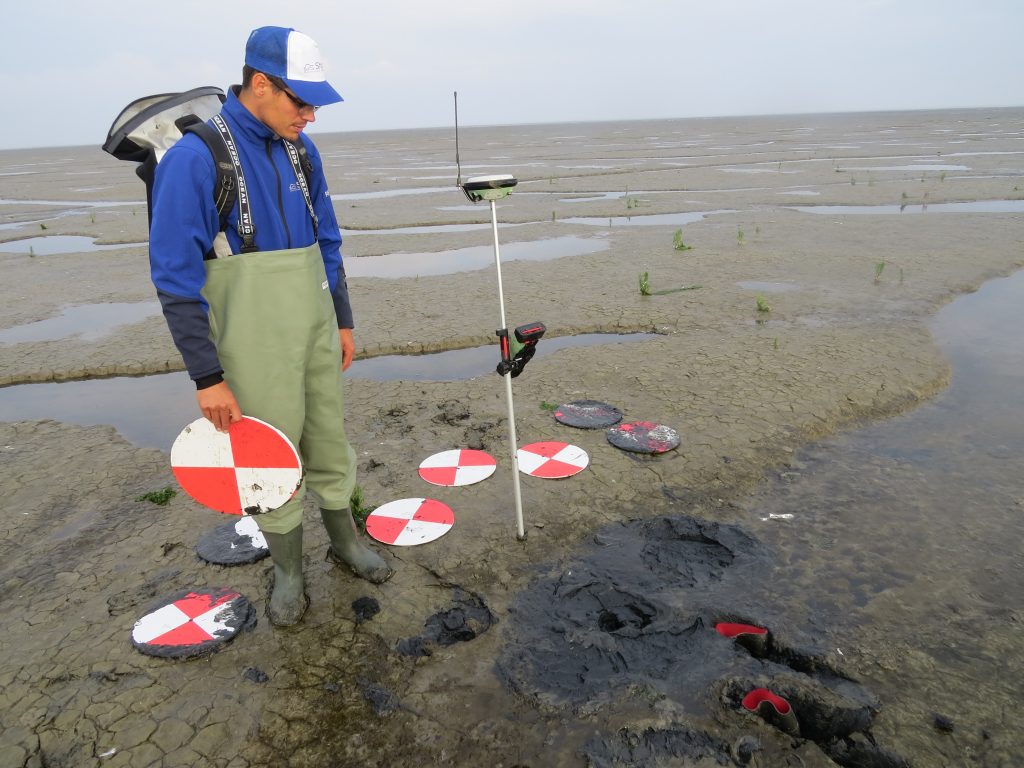Operation and Maintenance
The ship-based measurements have shown that the natural background transport equals 800 tonnes per day. The extra amount of mud brought by the Mud Motor into the tidal gully equals 540-800 tonnes per day. The transport rate in the tidal gully is thus increased by a factor 1.6 – 2 due to the Mud Motor.
Measurements show that the sediment transport rate through the tidal gully is increased by a factor 1.6 – 2 due to the Mud Motor.

Field measurements showed that wind direction and strength are a key factor in the transport of fine sediments onto the mudflat. This implies a large temporal variability, not only between seasons but also between years. We observed that the tidal flood flow direction (and thus the sediment fluxes toward the study area) can be reversed by a wind with opposite direction when the wind speed is about 10-12 m/s.
Results of the measurements with Sedimentation Erosion Bars show relatively large changes in surface elevation. Layers of fluidised mud with a thickness of up to 10 cm were deposited in some locations in the salt marsh over a 2-months period, but also disappeared as quickly. In the permanent quadrats for vegetation composition we did not yet measure an increase in pioneer vegetation cover on the edges of the marsh. Neither did we measure increased succession in the vegetated plots within the short time period of the first two years.
